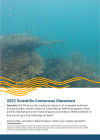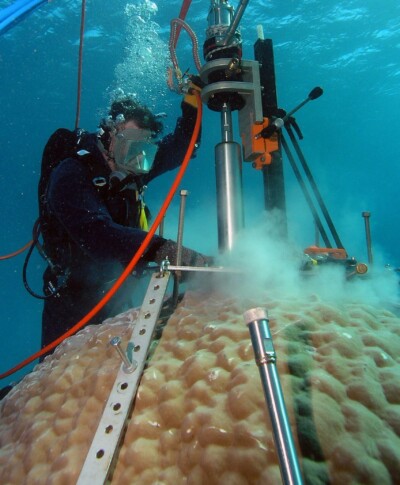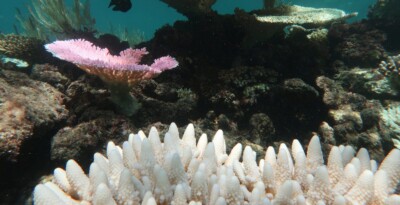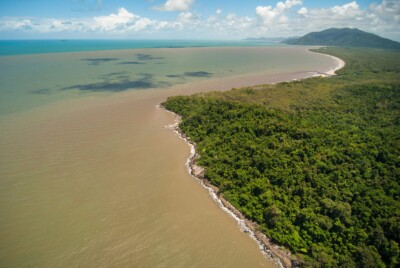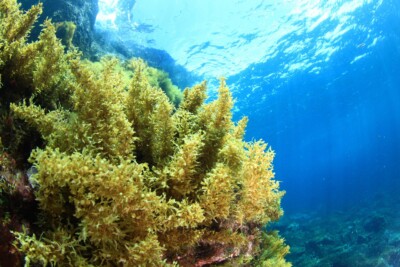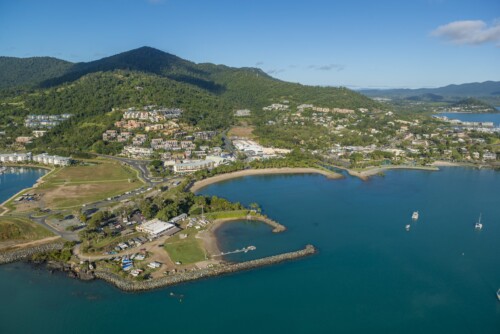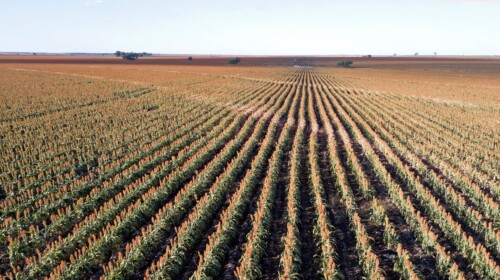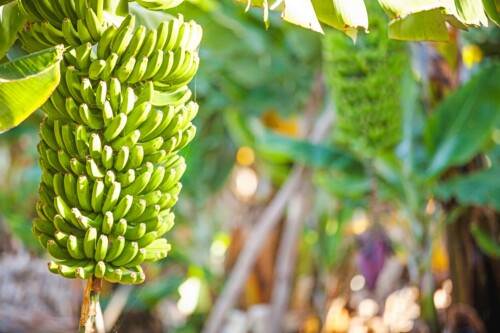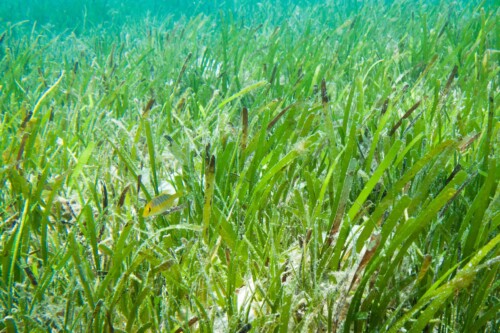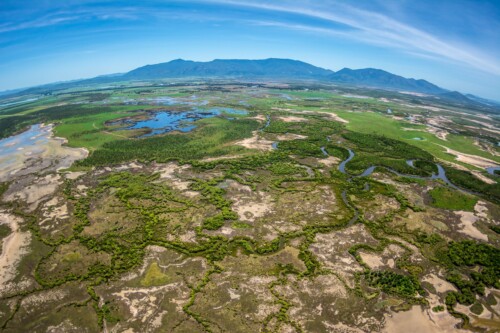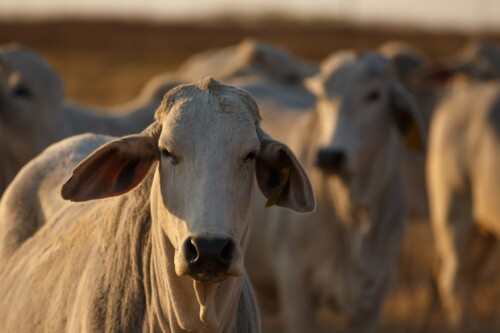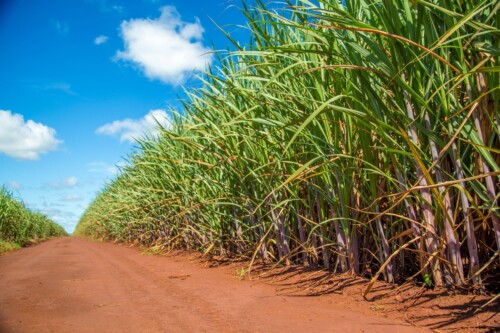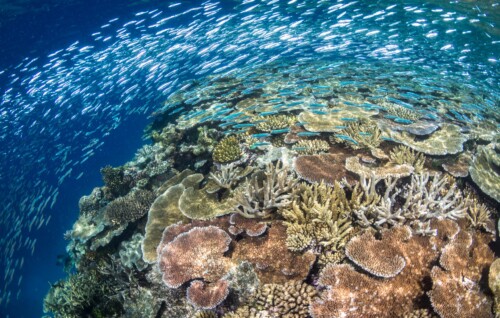Sediments and particulate nutrients

What are the measured impacts of increased sediment and particulate nutrient loads on Great Barrier Reef ecosystems, what are the mechanism(s) for those impacts and where is there evidence of this occurring in the Great Barrier Reef? [Q3.2]
Authors: Catherine Collier1, Aimee Brown1, Katharina Fabricius2, Stephen Lewis1, Guillermo Diaz-Pulido3,4, Fernanda Adame4
Affiliations: ¹Centre for Tropical Water & Aquatic Ecosystem Research (TropWATER), James Cook University, ²Australian Institute of Marine Science, 3School of Environment and Science, Coastal and Marine Research Centre, Griffith University, 4Australian Rivers Institute, Griffith University

Evidence Statement
The synthesis of evidence for Question 3.2 was based on 196 studies undertaken primarily in the Great Barrier Reef and published between 1990 and 2022. The synthesis includes a High diversity of study types (40% observational, 39% experimental, 13% reviews, 7% modelled and 1% meta-analysis) and has a Moderate confidence rating (based on Moderate to High consistency of findings and Moderate overall Relevance). There was more evidence for coral reefs and seagrass meadows, and less information on freshwater ecosystems, mangroves and inter-reef habitats, and for habitat-dependant species (e.g., dugong, turtles, invertebrates).
Summary of findings relevant to policy or management action
The measured impacts of increases in the loads of fine sediments and particulate nutrients in the Great Barrier Reef include changes to the presence, abundance, extent, diversity, composition and depth of coral reefs and seagrass meadows, and many of the taxa associated with these habitats such as fish and dugong. Increased fine sediment and particulate nutrient loads affect the quantity and quality of light penetrating the water column, which can negatively affect photosynthetic organisms that depend on adequate light levels for growth and energy supplies (e.g., seagrasses and endosymbionts in corals). Sedimentation, the settling of sediments and particulate nutrients onto surfaces, can also have negative direct effects on a variety of taxa including corals and seagrasses through burial or smothering, increasing the prevalence of disease, causing tissue damage, reducing growth rates and altering microbial communities. Moreover, these direct effects can result in indirect effects on other taxa. There is clear evidence that the loads of sediments exported to the Great Barrier Reef have increased in most basins over the last 170 years, however it is recognised that their influence on ecosystems are superimposed over a gradient of natural variability which complicates the separation of anthropogenic influences. The greatest impacts of fine sediments and particulate nutrients occur in the inshore central and southern Great Barrier Reef (Wet Tropics to Burnett Mary Natural Resource Management regions). Reductions in end-of-catchment loads of fine sediments and particulate nutrients could improve the extent, abundance, diversity and health of Great Barrier Reef ecosystems, particularly inshore areas, and enhance their ability to recover from climate-related disturbances.
Supporting points
- For coral communities, increased exposure to sediments and particulate nutrients on inshore habitats has persistent impacts on reef composition. For example, sediments can reduce the abundance of sensitive species and the availability of suitable settlement surfaces, while nutrients can increase the amount of macroalgae on reefs.
- Lower light levels caused by increased suspended particulate matter can impact the spatial extent of coral reefs by limiting where corals can grow. Some turbid inshore locations can support high coral abundances, but these coral communities are typically restricted to depths of 1-3 m and high currents. They are low in species diversity and composed of species that have the ability to cope with turbid conditions (e.g., can switch food sources and self-clean).
- For sponges, short-term exposure to high levels of suspended sediment affects growth, while long-term exposure reduces sponge abundance possibly by limiting recruitment.
- Settled and suspended particulates may negatively affect crustose coralline algae which are important coral settlement substrata, but the number of studies is limited. They may also affect the abundance of large benthic photosynthetic foraminifera. Settled sediment is energetically costly for corals to remove and impedes their recruitment.
- For seagrass communities, the distribution, abundance and composition of seagrass species are impacted by particulate loads and changes in light, which drive declines in abundance and extent, and cause shifts in species composition.
- Seagrass meadows are dynamic and will often recover with the rate depending on the extent of decline and the local and regional conditions that follow. Protracted recovery has been observed in several locations.
- Research on the mechanisms driving seagrass loss have focused on reductions in light caused by suspended particulate matter, and much less is known about the processes influencing recovery.
- For fish communities, elevated suspended and settled sediments can have physiological and behavioural effects. Sediments can negatively affect growth and time to metamorphosis of fish, alter juvenile gill morphology, reduce body condition and increase mortality. Suspended sediments can also interfere with visual cues that juvenile fish use to settle into habitats, impairing their ability to distinguish between live and dead coral, extend settlement time, and alter feeding patterns such as predation, foraging time and herbivory. Effects have only been investigated for a small number of fish families and thresholds for adverse impacts require refinement.
- This review highlights a critical knowledge gap on the effects of sediment and particulate nutrients on Great Barrier Reef freshwater wetlands and estuarine wetlands such as mangroves, saltmarshes and supratidal forests (above the intertidal zone).
- The composition of particulates, including particle size, sedimentology and particulate nutrient content, has a large influence on most of the impacts that have been documented.
- There are multiple lines of evidence supporting cause-effect relationships for increased suspended sediments and biota. This includes a wide range of study types, strong spatial associations between water quality conditions and biotic conditions demonstrated in dose-response relationships, logical time sequences (i.e., ecological changes following increased loads), several cases of high specificity (i.e., impact-specific sensitive indicators), and consistency of responses across populations, across regions and with studies from outside of the Great Barrier Reef. However, several contextual factors affect these relationships such as disturbance history, cumulative impacts from multiple disturbances and other local environmental conditions (e.g., local hydrodynamics).
